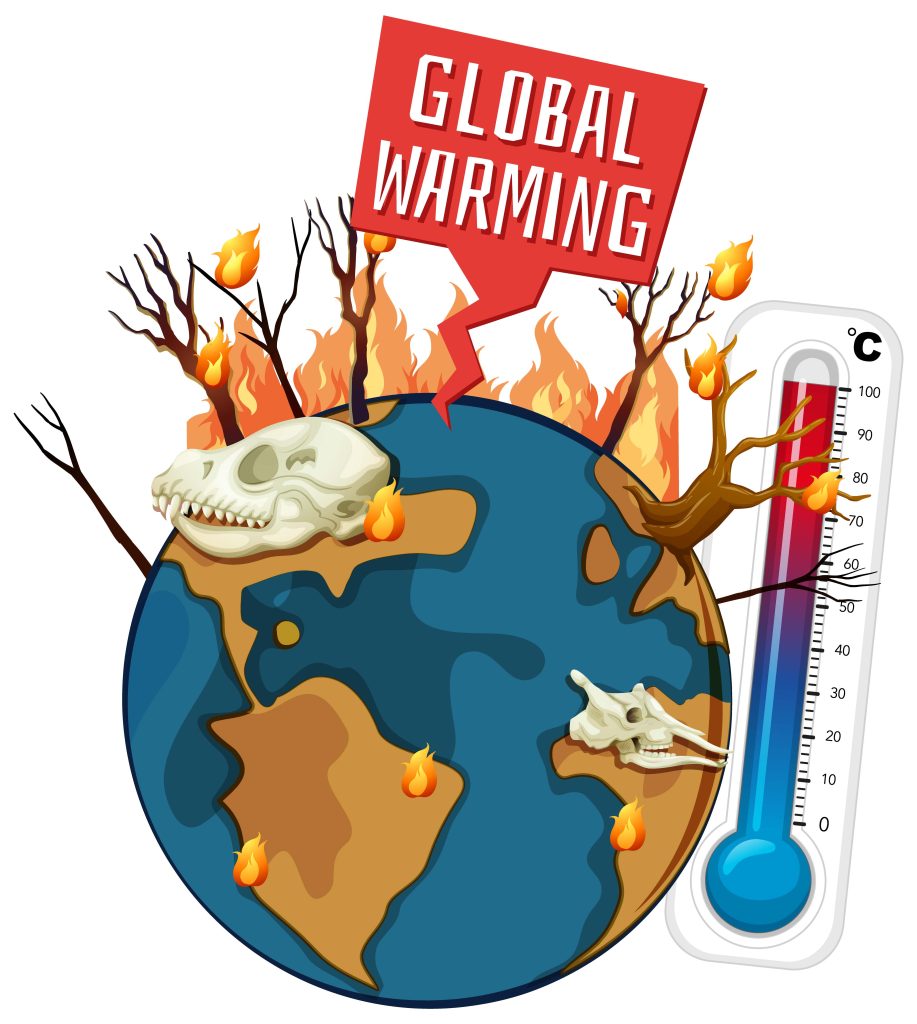
Climate Change: Climate change refers to significant and lasting changes in the weather patterns over long periods of time. It can include changes in temperature, wind patterns, and amounts of rainfall. While Earth’s climate has naturally changed throughout history, recent climate change is largely due to human activities, like burning fossil fuels and deforestation, which contribute to global warming.
Global Warming: The gradual increase in Earth’s average surface temperature. It is primarily caused by the buildup of greenhouse gases, such as carbon dioxide and methane, in the atmosphere. These gases trap heat from the sun, making the planet warmer. Human activities, especially the burning of fossil fuels like oil, gas, and coal, are the main contributors to global warming.
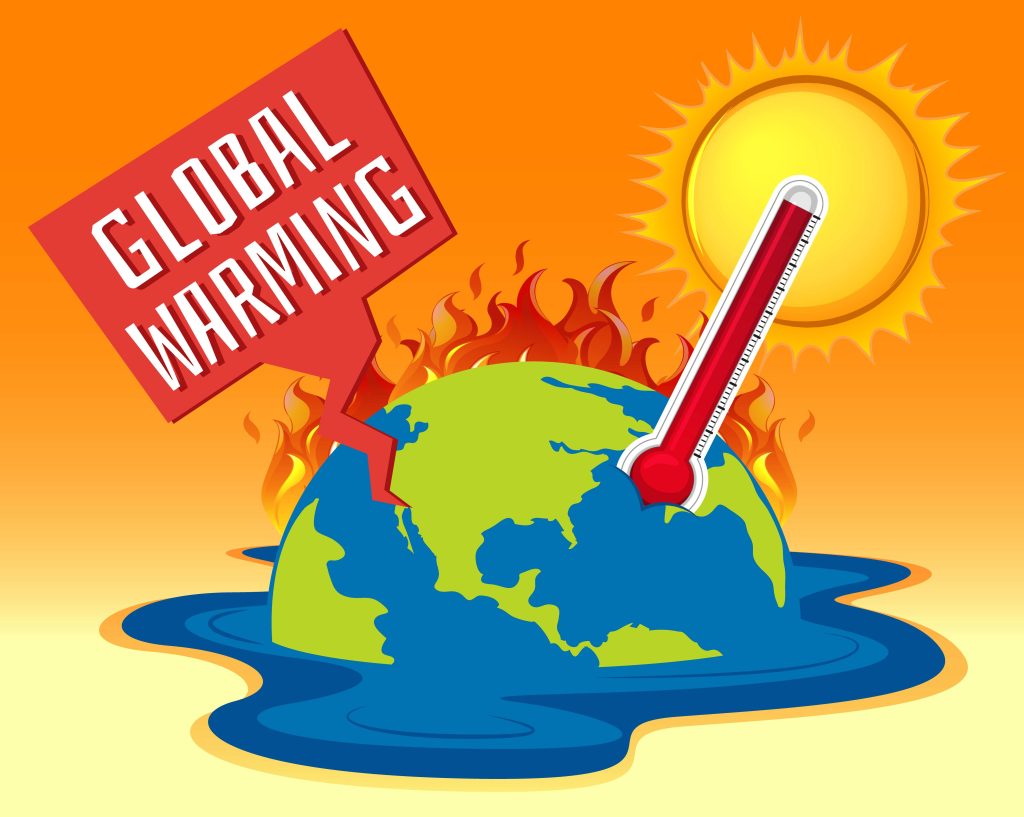

Volcanic Eruptions: A volcanic eruption occurs when molten rock, gas, and ash are expelled from a volcano. These eruptions can impact climate change in two ways. In the short term, they can cool the Earth by blocking sunlight with ash and gas clouds. In the long term, they can contribute to warming by releasing greenhouse gases like carbon dioxide. Volcanoes also play a role in shaping Earth’s surface and can create new landforms.
Biodiversity This term describes the vast variety of life found on Earth. It includes the diversity seen within species at the genetic level, the array of different species themselves, and the variety of ecosystems where these species live. Biodiversity includes every form of life, from the smallest microorganisms to the largest animals and plants. It also involves the various habitats and environments in which these organisms exist, ranging from deserts to oceans.
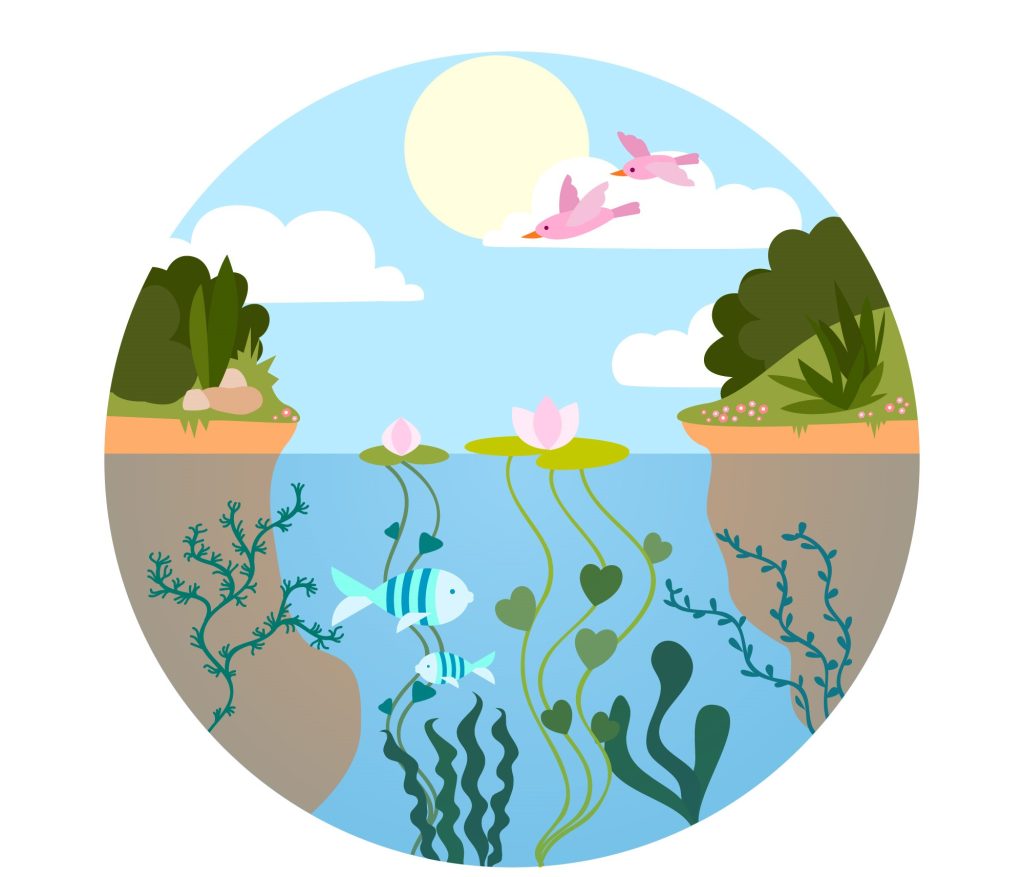
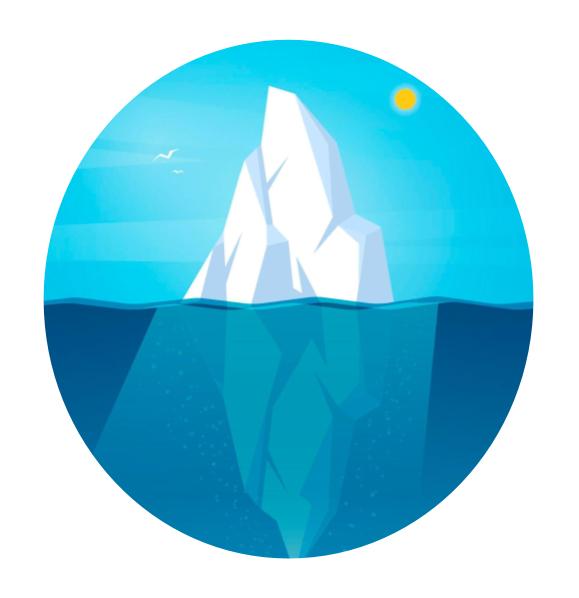
Glacier: A glacier is a large mass of ice that forms on land and moves very slowly due to its immense weight and the force of gravity. Glaciers are created through the accumulation of snow layers, which over time compress into ice. As more snow accumulates, it compacts the layers below, gradually transforming them into ice. This process of ice formation and reformation contributes to the glacier’s growth and movement.
Land Life: The term ‘land life’ refers to organisms that live primarily on land rather than in water. These organisms, which include a vast array of plants, animals, and microorganisms, are adapted to terrestrial environments. Terrestrial habitats vary greatly, from forests and deserts to mountains and grasslands, each supporting different types of land life. These organisms are adapted to specific conditions such as soil type, climate, and altitude.


Aquatic Life: The term ‘aquatic’ means life that exists or thrives in water. In an aquatic ecosystem, all organisms either live in or on the water. This includes plants, animals, and various microorganisms. Aquatic environments are diverse, ranging from oceans and seas to lakes, rivers, and wetlands. Each of these habitats supports a unique array of aquatic life adapted to specific conditions such as salinity, depth, and water flow.
Habitat: A habitat is the natural environment where an animal, plant, or other organism lives. It can be found anywhere in the world and comes in various forms, primarily categorized as land or aquatic habitats. Each habitat provides the essential elements for survival: food, water, shelter, and space. In addition to these, habitats are characterized by biotic factors (living things) and abiotic factors (non-living things). These components interact to create a balanced ecosystem suitable for the inhabitants.
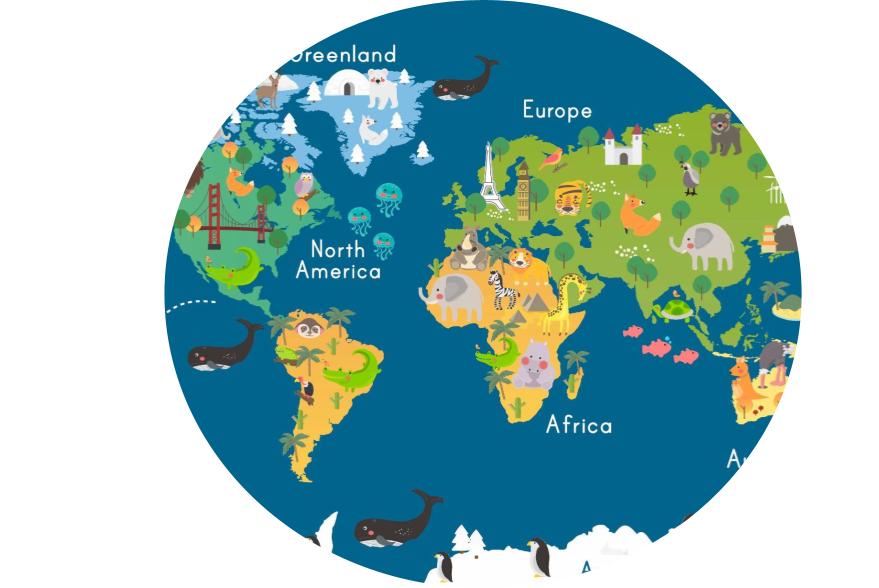

Migration: Migration refers to the seasonal movement of animals from one habitat to another. Animals migrate for various reasons, including seeking better living conditions, finding food, escaping habitat destruction, or avoiding predators. These journeys can cover vast distances and are often an essential part of an animal’s life cycle, ensuring their survival and the continuation of their species. Migration also plays a significant role in ecosystems, as it can affect predator-prey relationships, genetic diversity, and even the health of habitats.
Ecosystem: An ecosystem encompasses all the interacting parts of a biological community, including a group of living organisms and their interactions within their environment. It is a complex network that involves both biotic factors (living things) and abiotic factors (non-living elements like water, air, and soil). In an ecosystem, every organism plays a role, contributing to the balance of the system. These interactions ensure the flow of energy and nutrients, supporting the survival of species within the ecosystem. Ecosystems can vary greatly in size and complexity, from a small pond to an entire forest, each with its unique characteristics and inhabitants.

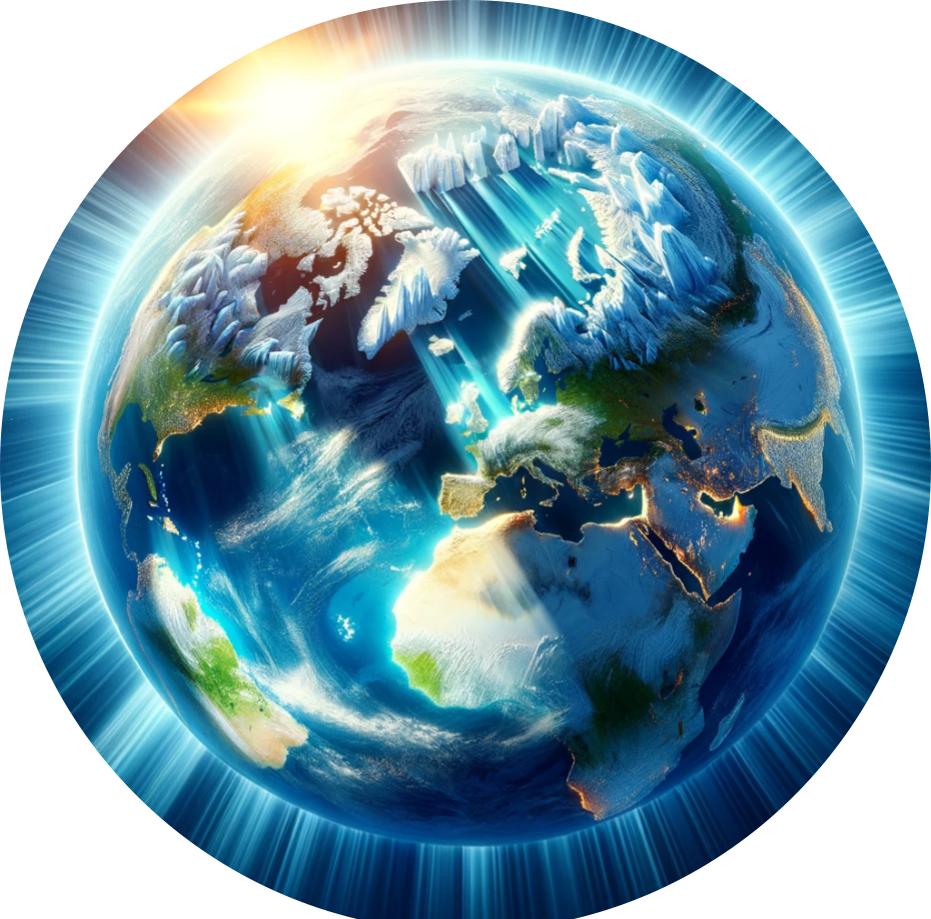
Albedo Effect: The albedo effect refers to the ability of a surface to reflect sunlight. Light-colored surfaces, such as ice and snow, have a high albedo, meaning they reflect a large portion of the sun’s rays back into the atmosphere. On the other hand, darker surfaces, like forests or oceans, absorb more of these rays. The albedo effect plays a crucial role in regulating the Earth’s temperature. Surfaces with high albedo help cool the planet by reflecting solar radiation, while lower albedo surfaces contribute to warming by absorbing more heat.
Autonomous Vehicle: An autonomous vehicle, often called a self-driving car, is designed to sense its environment and operate without the need for human control. These vehicles are equipped with advanced technologies like sensors, cameras, and artificial intelligence to navigate roads and obstacles safely. They do not require a human driver or passenger to function and can independently travel from one location to another. Autonomous vehicles follow pre-planned routes and can adapt to various traffic conditions and road scenarios. This technology represents a significant advancement in transportation, offering potential benefits like increased safety, efficiency, and convenience.


Satellite Imaging: Satellite imaging involves capturing images of the Earth from satellites orbiting in space. These satellites are outfitted with advanced sensors capable of detecting various types of light, including visible light and infrared light. This technology allows them to capture extremely high-resolution images of the Earth’s surface. Satellite images are used for a wide range of applications, such as monitoring weather patterns, studying environmental changes, mapping landscapes, and assisting in disaster response and management.